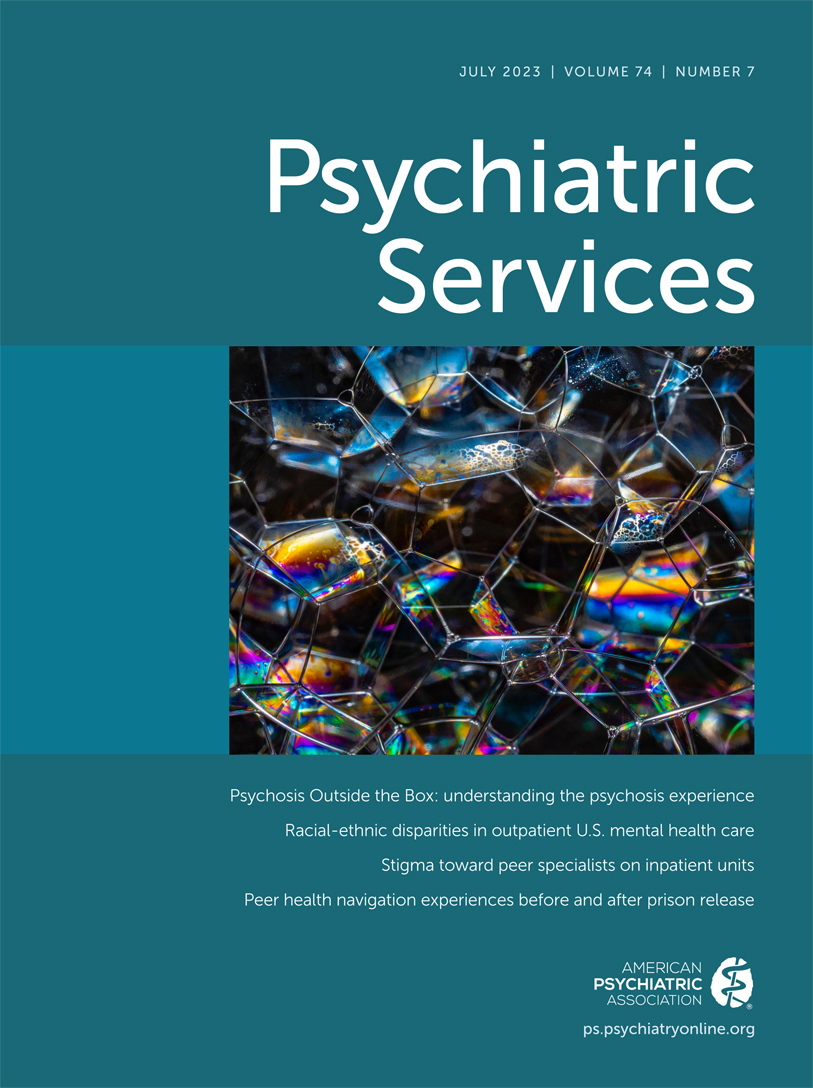Abstract
Objective:
The authors aimed to compare national rates and patterns of use of outpatient mental health care among Hispanic, non-Hispanic Black, and non-Hispanic White individuals.
Methods:
Data from the 2018–2019 Medical Expenditure Panel Survey, a nationally representative survey of U.S. households, were analyzed, focusing on use of any outpatient mental health care service by non-Hispanic White (N=29,126), non-Hispanic Black (N=7,965), and Hispanic (N=12,640) individuals ages ≥4 years (N=49,731). Among individuals using any mental health care, analyses focused on those using psychotropic medications, psychotherapy, or both and on receipt of minimally adequate mental health care.
Results:
The annual rate per 100 persons of any outpatient mental health service use was more than twice as high for White (25.3) individuals as for Black (12.2) or Hispanic (11.4) individuals. Among those receiving outpatient mental health care, Black (69.9%) and Hispanic (68.4%) patients were significantly less likely than White (83.4%) patients to receive psychotropic medications, but Black (47.7%) and Hispanic (42.6%) patients were significantly more likely than White (33.3%) patients to receive psychotherapy. Among those treated for depression, anxiety, attention-deficit hyperactivity disorder, or disruptive behavior disorders, no significant differences were found in the proportions of White, Black, or Hispanic patients who received minimally adequate treatment.
Conclusions:
Large racial-ethnic gaps in any mental health service use and smaller differences in patterns of treatment suggest that achieving racial-ethnic equity in outpatient mental health care delivery will require dedicated efforts to promote greater mental health service access for Black and Hispanic persons in need.
Access content
To read the fulltext, please use one of the options below to sign in or purchase access.- Personal login
- Institutional Login
- Sign in via OpenAthens
- Register for access
-
Please login/register if you wish to pair your device and check access availability.
Not a subscriber?
PsychiatryOnline subscription options offer access to the DSM-5 library, books, journals, CME, and patient resources. This all-in-one virtual library provides psychiatrists and mental health professionals with key resources for diagnosis, treatment, research, and professional development.
Need more help? PsychiatryOnline Customer Service may be reached by emailing [email protected] or by calling 800-368-5777 (in the U.S.) or 703-907-7322 (outside the U.S.).



